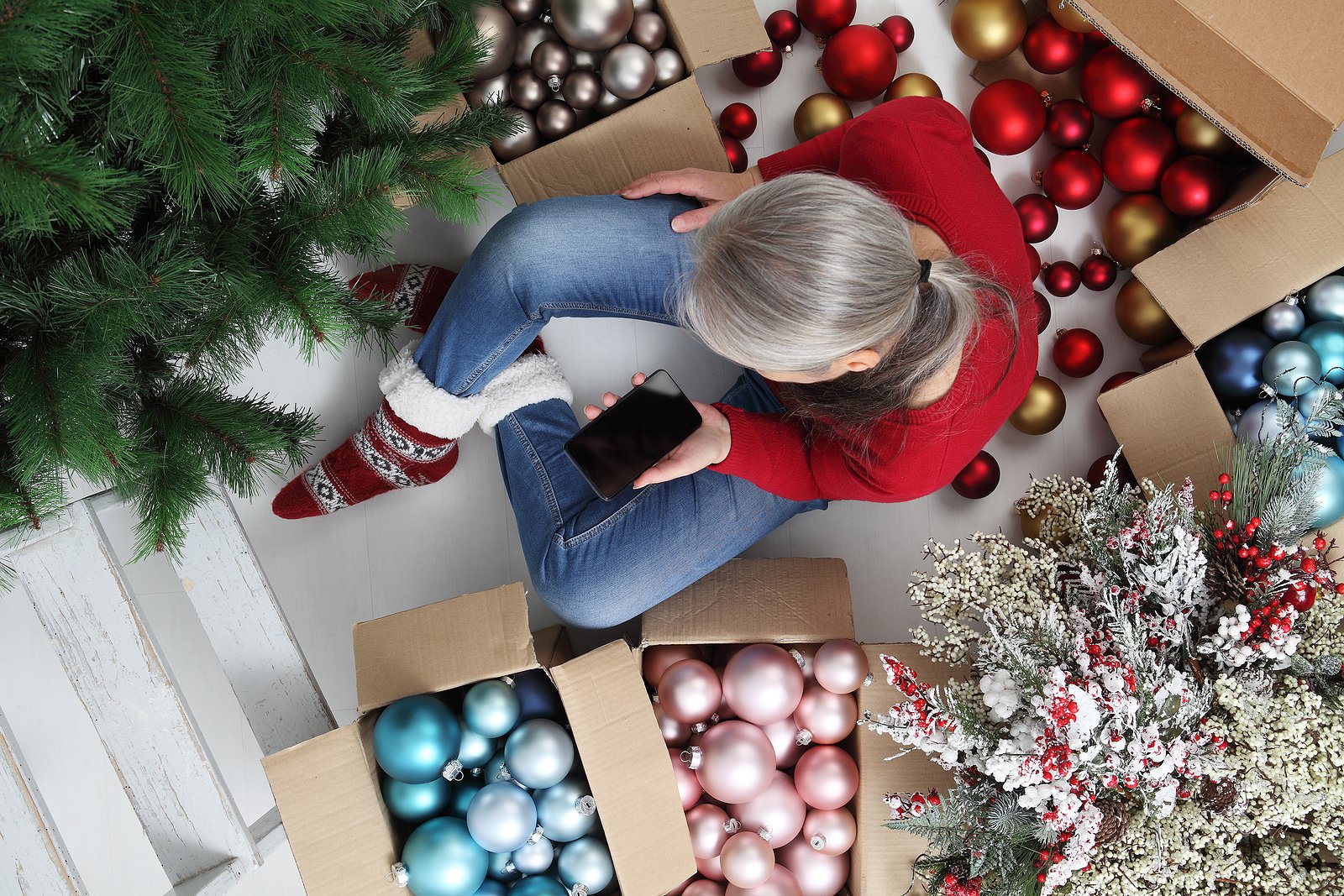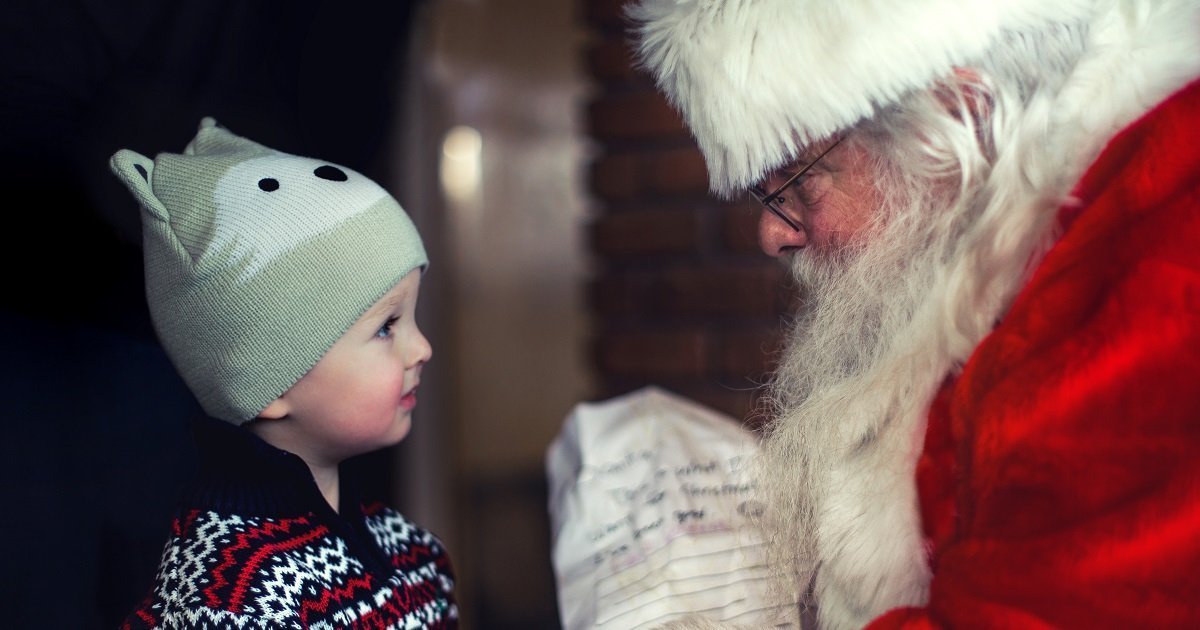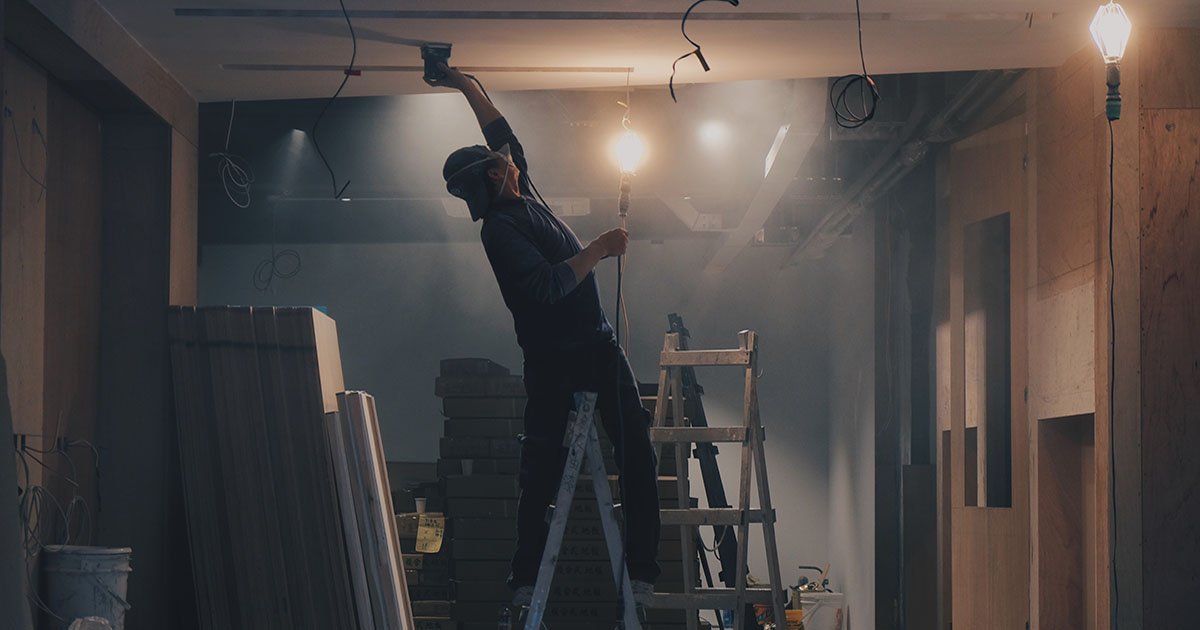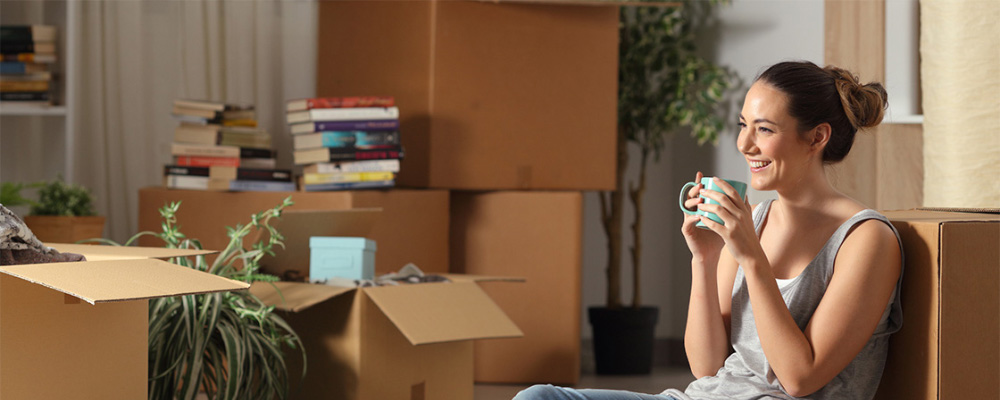Table of Contents
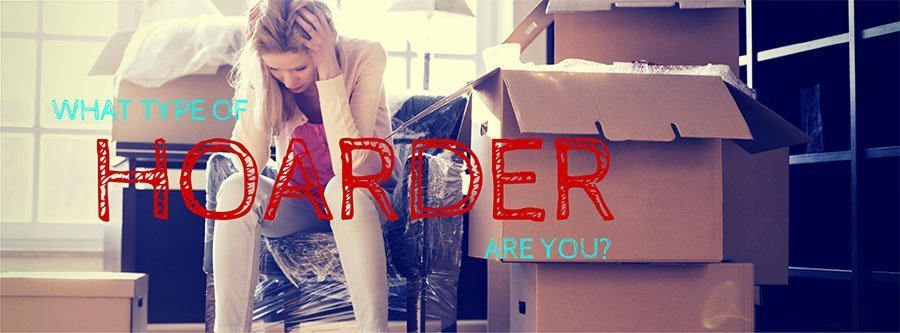
Last Thursday, July 23rd we had the pleasure of hosting a breakfast and Q&A session that featured Channel 4 storage solutions expert Melanie Cantor at The Dean Hotel.
Melanie was the host of TV series “Making Space” where she helped people make room in their lives by finding creative ways to organise and de-clutter their belongings. She found that many people cause themselves unnecessary stress and put strain on their personal relationships because of their need to hold on to their belongings.

“Your stuff should be living around you. You shouldn’t be living around your stuff.”
Over the years of helping people free themselves of the burden of their belongings, Melanie realized that many of people don’t know that they have a problem. One piece of advice that Melanie shared with us that helps put everything into perspective is:
“When you live with too much stuff, you start not to see it.”
As you may have guessed, this behavior is best known as hoarding and due to popular TV programs hoarding has become a very hot topic. People are now beginning to identify themselves or others they know as having various forms of hoarding habits. Recently, with the help of Empathy Research and Melanie we explored how hoarding is affecting people here at home in Ireland and identified the different types of hoarding personalities that exist today.
It’s all about the Stats
Our first step was to conduct a National Survey which Empathy Research carried out consisting of 1000 participants across Ireland. Below is an info-graphic which displays the full results of the study and what we found really puts into perspective the level in which hoarding is affecting the Irish people.

In summary, the study revealed that more than one third of Irish adults (36%) say that the hoarding habits that they, or their partner, display are negatively impacting their relationship. The survey also found that a similar percentage, almost two-fifths of Irish adults (38%), consider themselves to be a hoarder, meaning that virtually every Irish person who accumulates belongings beyond necessity adversely affects their nearest and dearest.
It also showed that well over half of respondents (58%) found it difficult to get rid of possessions. This was especially challenging for Irish mothers, with one fifth of Irish adults (22%) considering their mum to be a hoarder.
The study supported the need for storage when significant life events came to the fore with almost one fifth of males respondents (17%) found to be more likely to put items into storage when moving in with a partner/spouse compared to their female counterparts (10%). Of those participants who experienced having their first child and wanting to de-clutter, almost 1 in 10 (9%) moved their items to storage.
So what type of hoarder are you?
According to Melanie Cantor there are 4 different types of hoarders that in some way or another we can all relate to. Which type of hoarder do you most identify with?
- Magpie hoarders – Just like the bird they love shiny things and are reluctant to part with them. When they see something shiny and pretty they are drawn to them immediately and hold on to them for dear life!
- Bargain Basement hoarders – Everyone loves a great deal right? These types of hoarders are those who have a house full of bargains that they don’t need, but can’t restrain themselves from buying because they’re too good to miss.
- Stockpiling Squirrel – Is there such a thing as being over-prepared? You would be surprised how many people meet this type of hoarding personality. They are those who stock up on provisions ‘just in case’.
- Fearful Ostriches – No one is immune to the fear of losing a cherished belonging. But what happens when it takes over your life and you refuse to let anything go. Probably one of the most interesting types of hoarding is those who put their heads into the sand because they’re too terrified to let go of anything.
[poll id=”2″]
What can you do?
The very first step is to acknowledge that you might have a hoarding problem, big or small. Sometimes having too many belongings no matter how big or small can cause just as much stress as someone with a home full of possessions.
Remember Melanie’s maxim: “Your stuff should be living around you. You shouldn’t be living around your stuff”.
The next step is to make a list and determine what you absolutely can’t part with and then make a plan on what you will do with the rest. Melanie suggests that sometimes putting your belongings into self-storage will help you start the process of de-cluttering and put your mind at ease with the idea of parting with your items. It’s amazing what can happen when your belongings are out of sight and mind. You begin to realize that you don’t actually need all those belongings and the overwhelming stress you have been experiencing begins to disappear.
Although putting your belongings into storage isn’t the only option Melanie does advocate that she has witnessed self-storage making a huge difference in many people’s lives. If you have any questions on how self-storage can help you de-stress your life don’t hesitate to drop us a line and one of our consultants would be more than happy to talk you through the process.
Here at Nesta we help you Make Room for Life.
Table of Contents
Related Posts
- December 22, 2025|1 min read
- September 16, 2025|1 min read

